Instructional Series
This site will be closing soon as its content has moved to Tāhūrangi.
2024 titles are available on Tāhūrangi. Use the filters to find specific series.
Find Literacy resources at Tāhūrangi - Literacy.
Welcome to the English medium literacy instructional series teaching and learning resources for years 1 to 8.
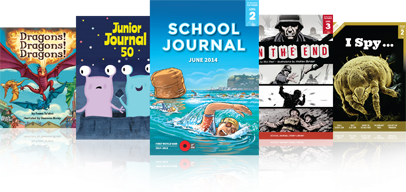
- Gold
- Purple
- 2
- 3
- 4
- 1
- 4
- 7
- 5
- 3
- 6
- 8
- English
- Science
- Social Sciences
- Health and Physical Education
- Mathematics and Statistics
- Technology
- The Arts
- Non-fiction
- Fiction
- None
- Nature of science
- Living world
- Nature of technology
- Statistics
- Geometry and Measurement
- Material world
- Planet Earth and beyond
- Technological knowledge
- Engage with science
- Gather and interpret data
- Use evidence
- Articles
- Stories
- Poems
- Tupu | Seedling
- Consonant patterns
- Initial and final blends
- Long vowels
Search results
37 items - Showing 11 - 20
-
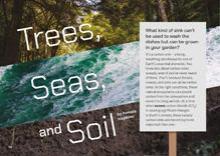
Trees, Seas, and Soil
This article examines how different processes combine to affect the balance of carbon in the atmosphere. It explains that the increased level of carbon dioxide in the atmosphere is having a huge effect on climate – an effect that can be reduced, as carbon is finite. Carbon sinks, in the form of forests, the ocean, and soils, could help to balance the carbon levels in the atmosphere. However, each form has its own complications. The article concludes that human use of fossil fuels needs to be reduced to protect the carbon sinks around us.
-
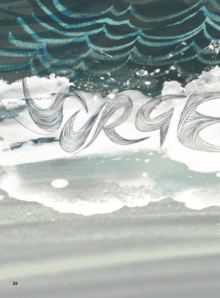
-
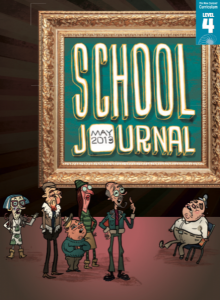
The Great Barrier Reef
by Sarah Wilcox
The Great Barrier Reef is very beautiful – and threatened. This report describes the Great Barrier Reef and explains what coral is. It also outlines the threats to the reef from climate change and its “evil twin”, ocean acidification.
-
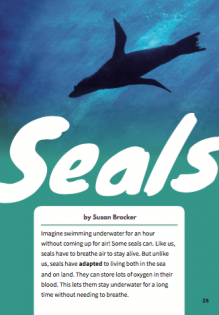
Seals
by Susan Brocker
This article presents information about seals in an engaging way. Students can find out about the ways seals are adapted for living on land and sea, the various species found around New Zealand, and how they raise their pups.
-
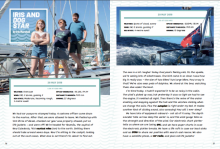
Iris and Dogstar
by Iris Marshall
This article is based on the diary of Iris Marshall, a ten-year-old girl who sailed on the yacht Dog Star with her parents and a family friend from New Zealand to Nouméa. The text details the highs and lows of the journey from Iris’s perspective and includes some excerpts from the on-board logbook. While few students will have had the experience of sailing, many will have experienced sea sickness, and most will relate to and be interested in the day-to-day details of life at sea. The text could be used as a starting point to explore the nature of adventure, its perils, and its rewards.
-
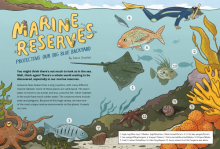
Marine Reserves: Protecting Our Big Blue Backyard
by Laura Goodall; illustrations by Giselle Clarkson
Aotearoa New Zealand has one of the most unique marine environments in the world. This article explores our marine habitats and reserves and the challenges they face to stay safe, healthy, and biodiverse.
-
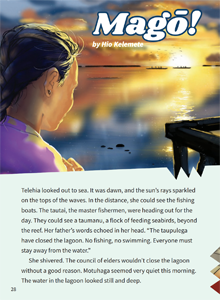
Magō!
by Hio Kelemete, illustrations by Vaitoa Baker
This is a humorous, entertaining story based on a true event. It provides examples of characterisation and dialogue as well as being a model for imaginative writing. This is a Pacific text. It provides a chance for Tokelauan and other Pacific students to see themselves and their culture reflected in the Journal.
-
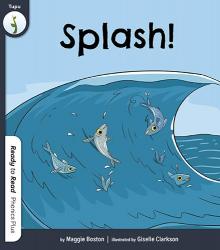
-
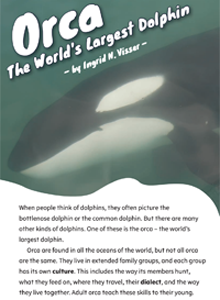
Orca – The World’s Largest Dolphin
by Ingrid N. Visser
This article shares information about orca and the research conducted by the author (Ingrid Visser runs the Orca Research Trust). It looks at how and why she carries out research and what is known about orca. It also covers some of the threats to their habitat and what we need to do to protect them. The article includes a text box about the various names given to orca and another with advice on how to act around orca should you encounter them.
-

An Ecologist on Ice
by Matt Vance
An interview with ecologist Phil Lyver about Adelie penguin population dynamics and the marine ecosystem in the Ross Sea.





 Literacy Online home
Literacy Online home
